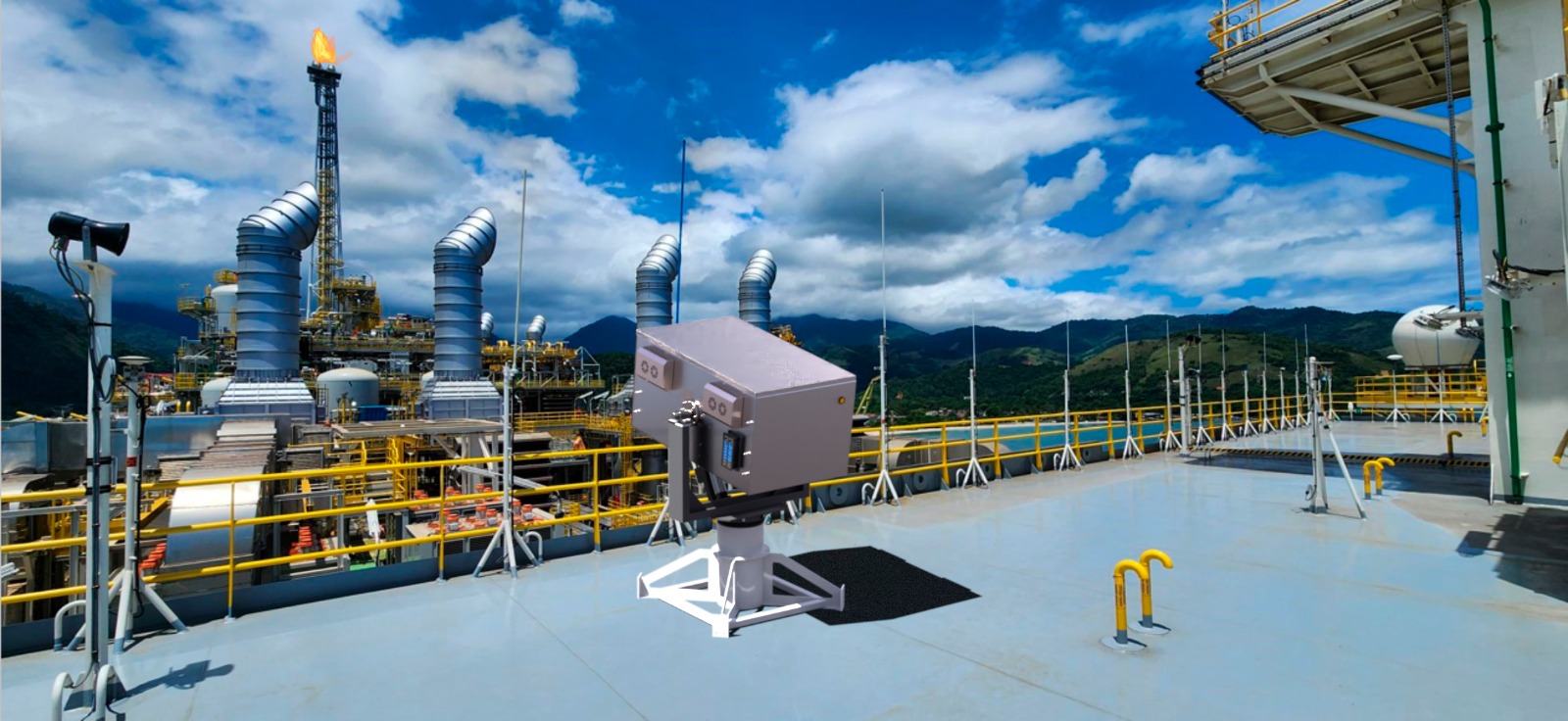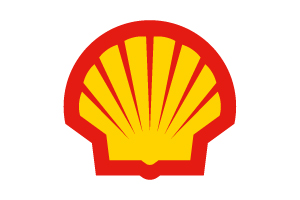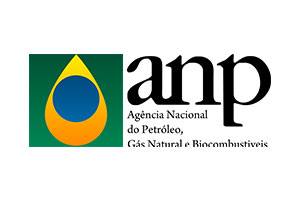O desafio
A indústria de óleo e gás enfrenta desafios significativos na busca por um mundo com emissões de gases de efeito estufa substancialmente reduzidas. Um dos principais problemas é o metano, que mais contribui para o efeito estufa. As flares de FPSO são grandes contribuintes para as emissões de metano e não há, atualmente, uma solução confiável para medir os gases de exaustão nas chamas de flare. Esses desafios destacam a necessidade urgente de inovações tecnológicas e práticas mais sustentáveis para mitigar o impacto ambiental da indústria do petróleo.
Nossa solução
Através do uso de sistema Lidar pioneiro e de última geração que utiliza métodos de espalhamento Raman e Mie-Rayleigh para determinar com precisão a proporção de mistura de gases e partículas. O FAMES oferece capacidades que proporcionam eficiência de queima de primeira ordem e medições diretas, incluindo a detecção e quantificação de gases de exaustão nas chamas de flare. Atendendo à necessidade crítica de monitoramento e avaliação confiáveis, abrindo caminho para práticas mais sustentáveis e reduções significativas nas emissões de gases de efeito estufa.
Vantagens
- Confiabilidade e Precisão
- Redução de custos
- Conformidade regulatória
- Ações ESG

Entre emContato
Preencha suas informações corretamente e entraremos em contato em breve.
Artigos
Abstract
There has been a growing concern about the reduction of greenhouse gas (GHG) emissions due to the impacts on climate change and the goals of the Paris Agreement. Methane is responsible for approximately 20% of global warming. The oil and gas industry is a major source of methane emissions. New initiatives like OGMP 2.0 emphasize the need for accurate monitoring of emissions. In this context, the FAMES project, developed by USP, IPEN, and ouronova, utilizes lidar technology to monitor the combustion efficiency in industrial flares. This remote system uses Rayleigh-Mie and Raman scattering detection methods to measure the optical properties of substances emitted by the flare, allowing the quantification of methane and particles. The lidar distinguishes between different plumes along the optical path. This lidar technology offers a quick assessment of operational processes, a significant advantage compared to existing technologies. The project combines remote particle sensing and methane measurement in the atmosphere, functioning as a hybrid system to evaluate flare combustion efficiency on FPSO-type platforms. Initial conceptual tests have demonstrated the effectiveness of the system, which aims to achieve a TRL 6 when installed on FPSOs to monitor emissions from their flares. With the support of Shell Brasil Petróleo Ltda and using resources from the R&D clause of the concession contracts of the National Agency of Petroleum, Natural Gas and Biofuels (ANP), the project highlights the industry’s interest in solutions that improve the management of methane emissions in FPSO.


